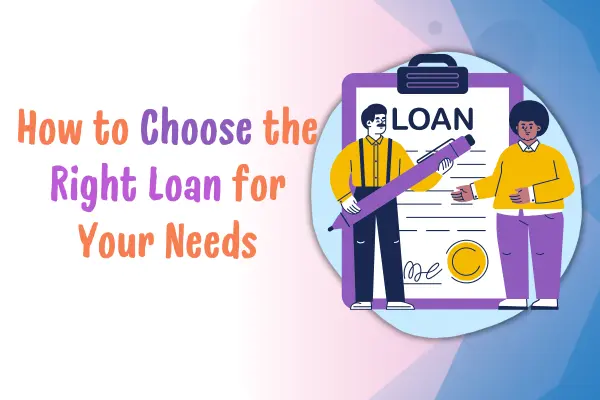If you had told me five years ago that I’d own a home, I probably would’ve laughed while sipping a $6 latte I couldn’t afford. Back then, the idea of saving even $1,000 felt like a huge challenge—let alone tens of thousands for a down payment.
Fast forward to today, and I’m sitting in my own living room, writing this post with a mortgage in my name and a whole lot of hard-earned experience under my belt.
So, if you’re wondering how to save for a down payment on a house, let me walk you through exactly how I did it. No fluff, no millionaire mindset hype—just real-life strategies that work even if you’re starting small.
🏡 Step 1: Know How Much You Need
The first thing I learned? You probably don’t need 20% down.
That’s a common goal, yes, but depending on the loan program, you can start with less:
- FHA loans – 3.5% down
- Conventional loans – 3% to 5% down
- VA/USDA loans – 0% down (if eligible)
Let’s say your dream home costs $300,000:
- 20% down = $60,000
- 10% down = $30,000
- 5% down = $15,000
- 3% down = $9,000
I decided to aim for 10% down—$30,000—and also budgeted extra for closing costs, inspection fees, and move-in expenses. My total goal was $40,000.
💼 Step 2: Open a Separate Savings Account
This was a game-changer. I opened a high-yield savings account just for my down payment fund.
Why it helped:
- It kept my goal visible but not easily accessible
- I couldn’t “accidentally” spend it
- I earned a little interest (which added up over time)
I set up automatic transfers on payday—$200 every two weeks. Even when I didn’t feel like it, the money moved quietly into that account and started growing.
📊 Step 3: Track Every Dollar You Spend
I was shocked when I finally tracked every dollar I spent. I used a free app (Mint and Goodbudget are great) and a spreadsheet to log two months of spending.
Here’s what I found:
- $180/month on food delivery
- $95/month on random subscriptions I forgot I had
- $60/month on “little treats” (aka mindless spending)
Once I saw the full picture, I was able to cut the fluff and redirect hundreds of dollars a month toward my goal.
☕ Step 4: Cut Back—but Don’t Go Miserable
Let me be clear—I didn’t give up everything fun. I just got smarter.
What I changed:
- Brewed coffee at home instead of buying it daily ($80/month saved)
- Cooked meals 5 days a week (cut grocery/restaurant bill by $150/month)
- Canceled unused subscriptions ($50/month saved)
- Switched to budget-friendly entertainment (library books, YouTube workouts)
I still treated myself occasionally—but I made sure my future home came first.
📈 Step 5: Make Extra Money (Even Small Amounts Help)
I couldn’t increase my 9–5 salary overnight, but I found small ways to earn extra:
- Freelanced on Upwork (writing and social media gigs)
- Sold old clothes, electronics, and books on Facebook Marketplace
- Pet-sat for neighbors
- Took weekend gig jobs during the holidays
I made around $3,000–$5,000 in one year from these side hustles. That chunk made a huge difference in my savings timeline.
🎁 Step 6: Use Windfalls Wisely
Every time I got “bonus money”—I resisted the urge to splurge and put it into savings instead.
This included:
- Tax refund: $2,000
- Work bonus: $1,500
- Birthday/holiday gifts: $300+
- Stimulus check during COVID: $1,200
Altogether, I probably added about $5,000 to my down payment fund just from windfalls that I used to waste on stuff I didn’t need.
🏦 Step 7: Consider Safe Investment Options (If You Have Time)
If you’re planning to buy a home 2–3 years down the line, you can consider investing part of your savings in:
- High-yield savings accounts
- Certificates of deposit (CDs)
- Money market funds
- Low-risk index funds (only if you’re okay with a little fluctuation)
I personally used a high-yield online savings account and a CD ladder. I kept things simple and safe because I knew I’d need the money within two years.
⏱ Step 8: Be Consistent and Stay Flexible
There were months when I had to pause savings—when my car broke down or a medical bill popped up. That’s okay.
I didn’t quit; I just adjusted my timeline. Some months I saved $500, others only $100. But I kept going, and eventually, I reached my goal.
Also, having a visual tracker on my fridge (yes, like a grown-up coloring chart) kept me motivated!
🧮 How Long Did It Take?
It took me around 22 months to save $40,000. I started with $0.
I didn’t have a big salary. I just committed to the goal, took control of my spending, found ways to earn extra, and stayed consistent.
🏁 Final Thoughts: You Can Do This
Saving for a down payment might seem impossible—especially if you’re starting with very little. But trust me, you don’t need to be rich or perfect. You just need a plan.
Here’s what worked for me:
- I set a clear savings goal
- I automated my savings
- I trimmed my budget and made extra cash where I could
- I stayed focused, even through setbacks
And now, every time I walk into my home, I remember the effort it took—and how worth it it was.
🎯 Ready to Start Saving?
Use our free Down Payment Calculator to set your own savings goal. And if this post helped you, please share it with someone else who’s dreaming of homeownership.
You’ve got this. One dollar at a time.

